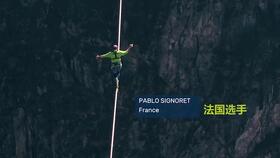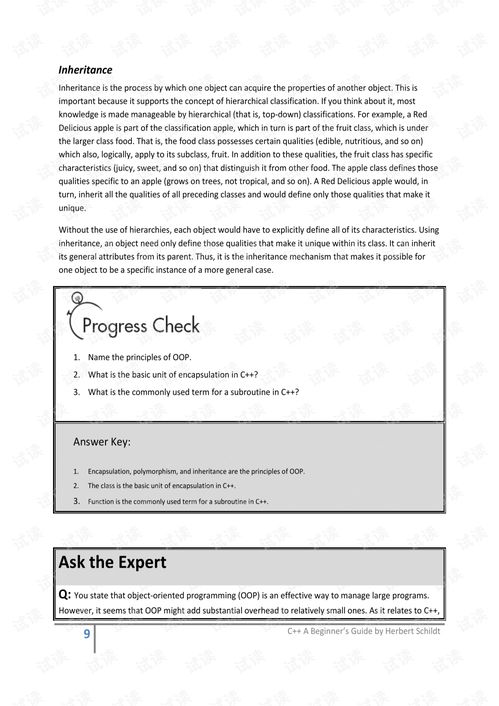Content:
Lobster fishing, an ancient and exciting tradition, has captivated anglers for centuries. The thrill of reeling in a hefty catch and the delicious taste of lobster make it a sought-after activity. However, like any skill, mastering the art of lobster fishing requires practice, patience, and a good set of techniques. In this article, we will explore the essential tips and techniques to help you become a successful lobster fisherman.
Choosing the Right Equipment
The first step in lobster fishing is selecting the appropriate equipment. Here are some essential items you'll need:
a. Lobster trap: This is the main tool used to catch lobsters. Choose a trap that is well-built and fits the size of the lobsters in your fishing area.
b. Line and leader: Use a strong line and leader to ensure your trap reaches the desired depth and remains intact during the fishing process.
c. Buoy: The buoy helps you identify the location of your trap. Make sure it is visible from a distance and has a durable design.
d. Weight: A weight is necessary to keep your trap on the bottom of the sea. Choose a weight that is appropriate for the depth you are fishing.
Understanding Lobster Behavior
To catch lobsters, you need to understand their behavior. Lobsters are nocturnal creatures, meaning they are most active at night. They are attracted to bait, such as fish or clam meat, and will swim towards it. Here are some tips to help you understand lobster behavior:
a. Fish in areas with a high concentration of lobsters: Research the best locations to fish for lobsters in your area. This may include rocky areas, shipwrecks, or natural reefs.
b. Target the right time: Lobsters are most active during the evening and night. Fish during these times to increase your chances of catching them.
c. Use the right bait: Lobsters are attracted to fish and clam meat. Make sure your bait is fresh and appealing to them.
Setting Up Your Trap
Once you have the right equipment and understand lobster behavior, it's time to set up your trap. Follow these steps:
a. Attach the buoy to the line: Ensure the buoy is securely attached to the line, so it can be easily identified from the surface.
b. Attach the weight: Connect the weight to the line, ensuring it is the correct size for the depth you are fishing.
c. Add the bait: Place the bait inside the trap, making sure it is accessible to the lobsters.
d. Close the trap: Secure the trap's lid, ensuring it is tightly closed to prevent lobsters from escaping.
Deploying Your Trap
Deploying your trap involves the following steps:
a. Lower the trap: Using your fishing rod, lower the trap to the desired depth. Make sure it is fully submerged and not tangled in the line.
b. Mark the location: Once the trap is in place, mark the location with your buoy. This will help you locate it later.
c. Wait: After deploying your trap, wait for a few hours or overnight to allow lobsters to enter.
Retrieving Your Trap
Retrieving your trap is a crucial step in the lobster fishing process. Here's how to do it:
a. Locate the buoy: Use your fishing rod to locate the buoy, which will help you identify the position of your trap.
b. Reel in the line: Carefully reel in the line, ensuring you don't get tangled.
c. Open the trap: Once you have the trap close to the boat, open it and inspect the catch. If you have caught lobsters, carefully remove them from the trap.
Handling and Cooking Lobsters

Once you have caught lobsters, it's important to handle them properly to ensure they remain fresh. Here are some tips:
a. Keep lobsters cool: Place the lobsters in a bucket of ice water to keep them cool and prevent them from moving around too much.
b. Clean the lobsters: Before cooking, remove the stomach, intestines, and gills from the lobsters. This is known as "devising."
c. Cook the lobsters: There are many ways to cook lobsters, including boiling, steaming, or grilling. Follow a reputable recipe to ensure the best taste.
In conclusion, mastering the art of lobster fishing requires patience, practice, and the right techniques. By following these essential tips and techniques, you'll be well on your way to becoming a successful lobster fisherman. Happy fishing!












